John McEnery was an English actor and writer. He played the clerk Bartleby in the 1970 film version of Melville’s Bartleby.
You can scroll to 3:06 to hear McEnery utter the immortal words: “I would prefer not to.”

John McEnery was an English actor and writer. He played the clerk Bartleby in the 1970 film version of Melville’s Bartleby.
You can scroll to 3:06 to hear McEnery utter the immortal words: “I would prefer not to.”
Bibi Andersson was a Swedish actress known for films such as The Seventh Seal (1957), Wild Strawberries (1957) and Persona (1966).
Dick Cavett: “It’s always said that Ingmar Berman [sitting next to her] understands women. Would you say that’s true?”
Bibi Andersson [hesitating, then nodding]: “Eeehh yes.”
Seymour Cassel was an American actor known for his many collaborations with John Cassavetes.
Above is the full version of Minnie and Moskowitz (1971). It’s quite a wonderful film, reminiscent of the film Harold and Maude (1971), which also deals with an unlikely romance.
The Antwerp Plantin-Moretus Museum currently hosts Grotesques. A fascinating fantasy world.
Highlights include four of the Pourtraicture ingenieuse de plusieurs façon de Masques by Cornelis Floris de Vriendt and two prints of caricatures by Philippe de Soye and Hans Liefrinck I after Leonardo da Vinci.
Some photographic impressions can be found below.
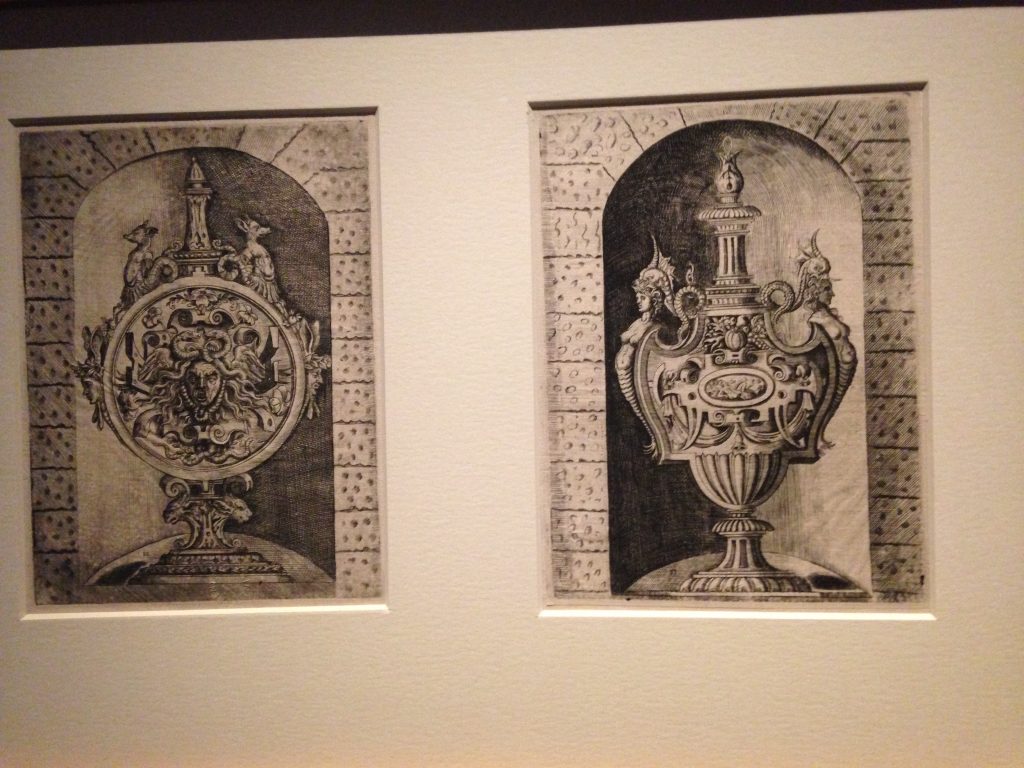

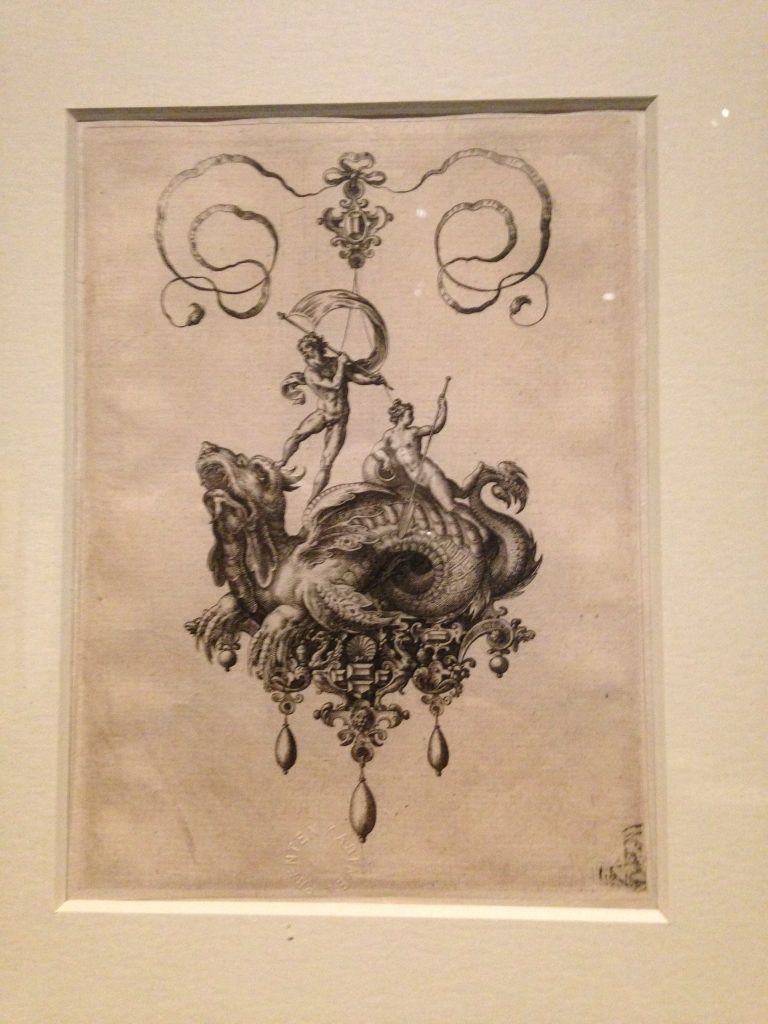
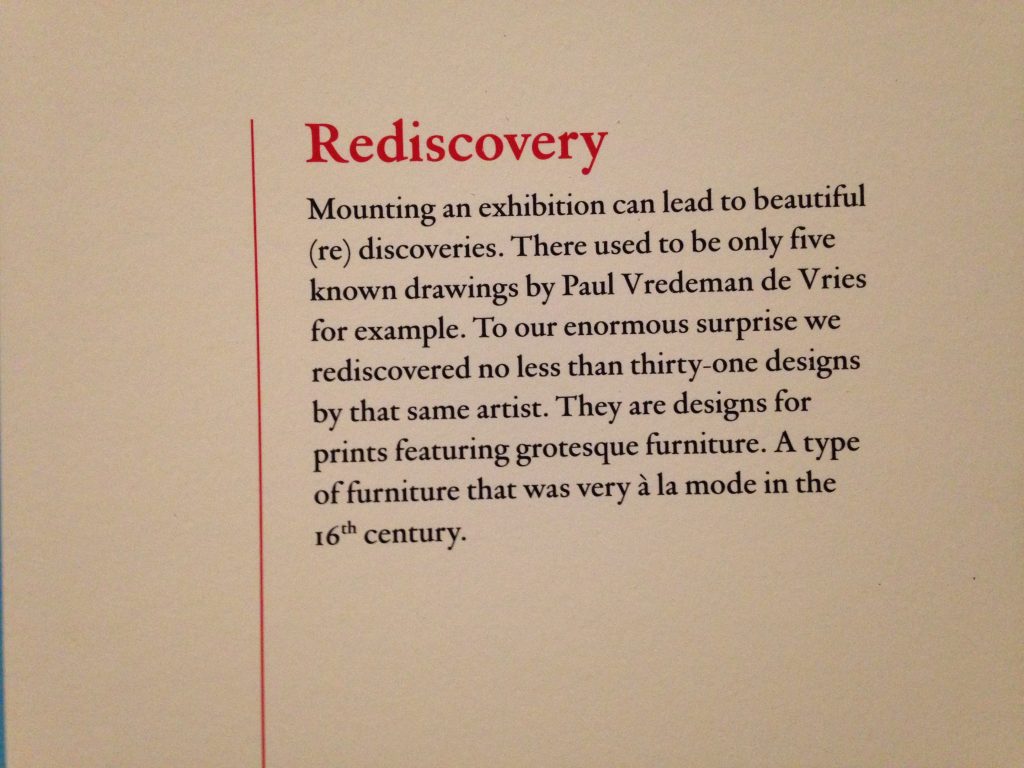






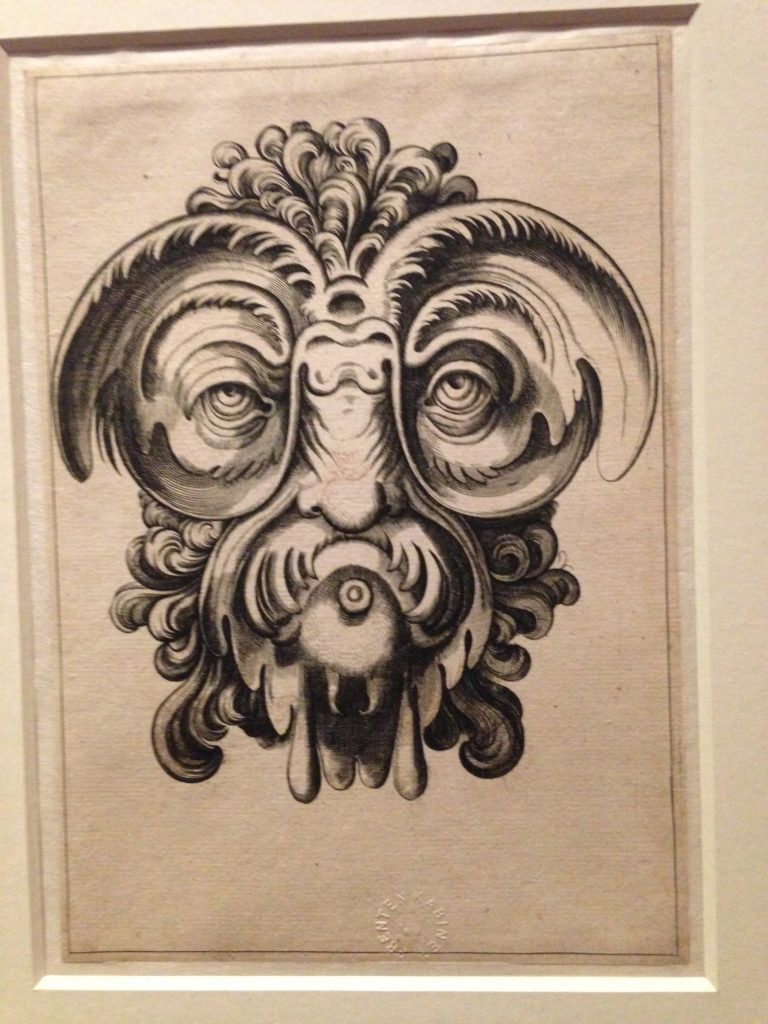
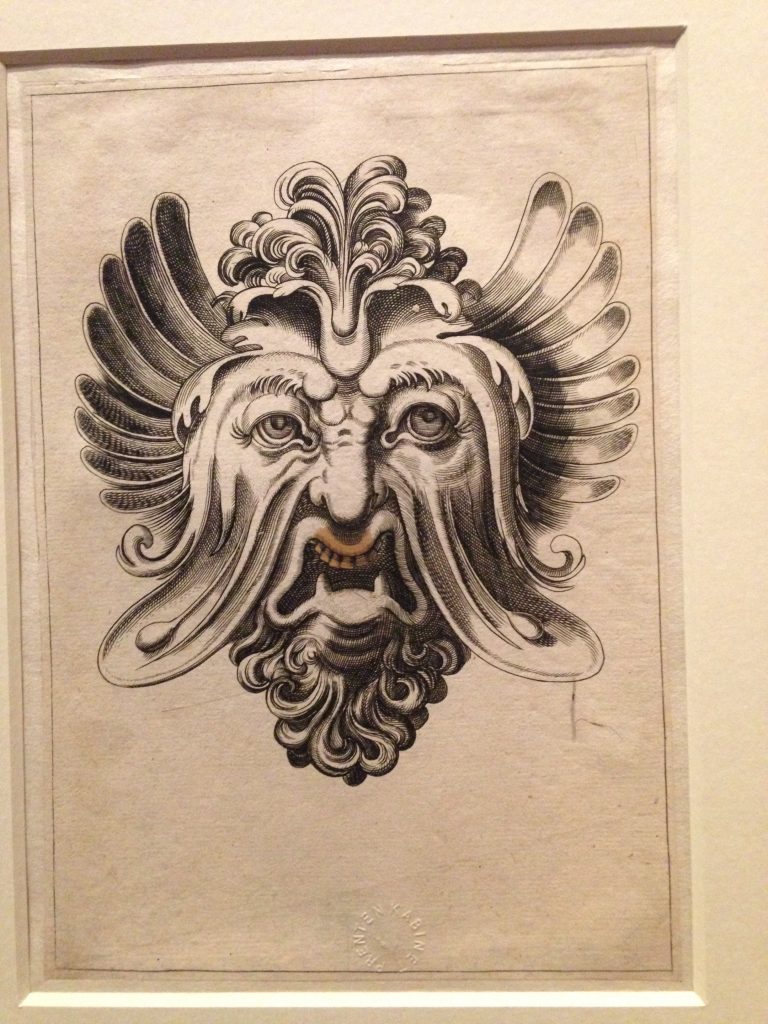
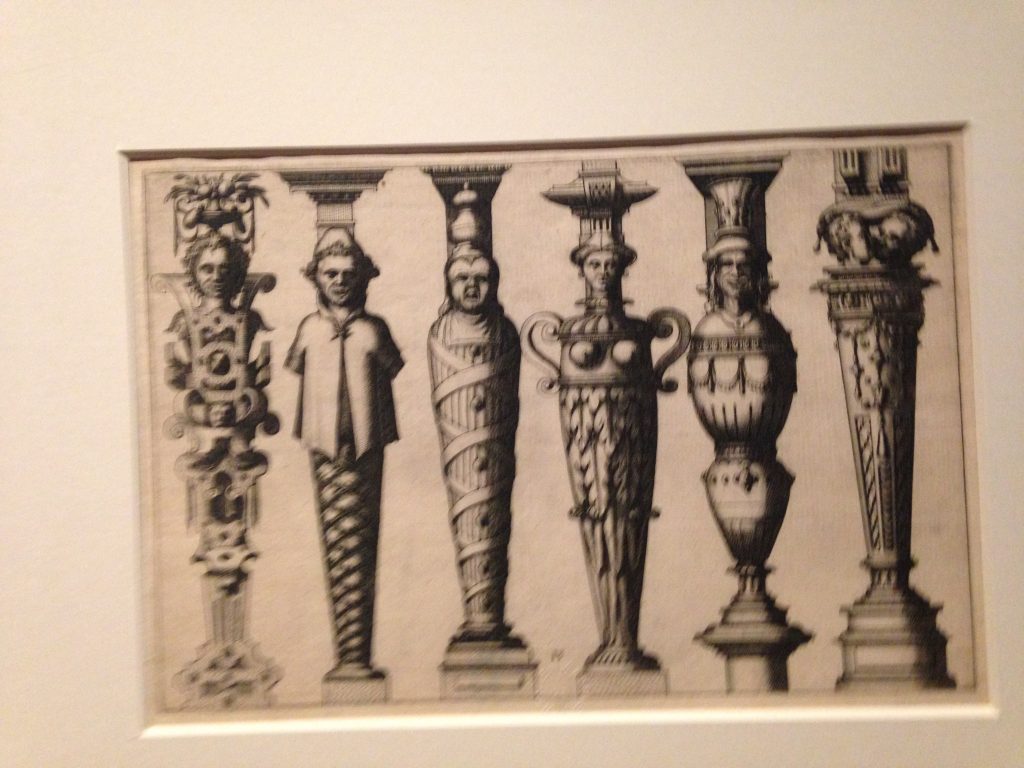
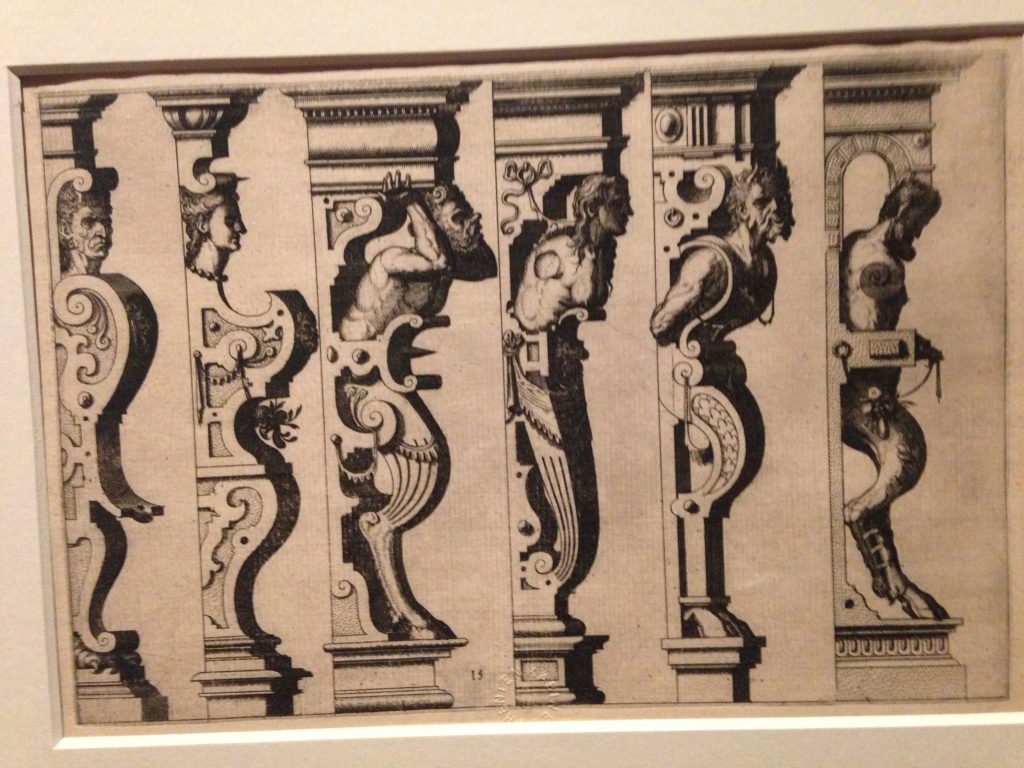
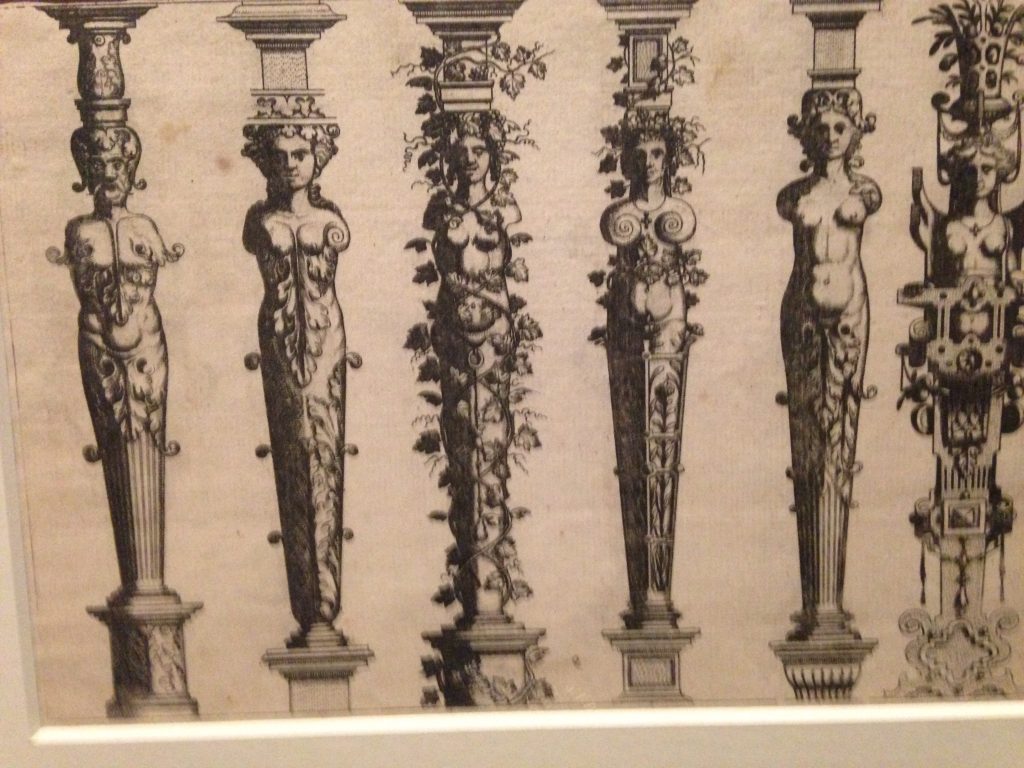

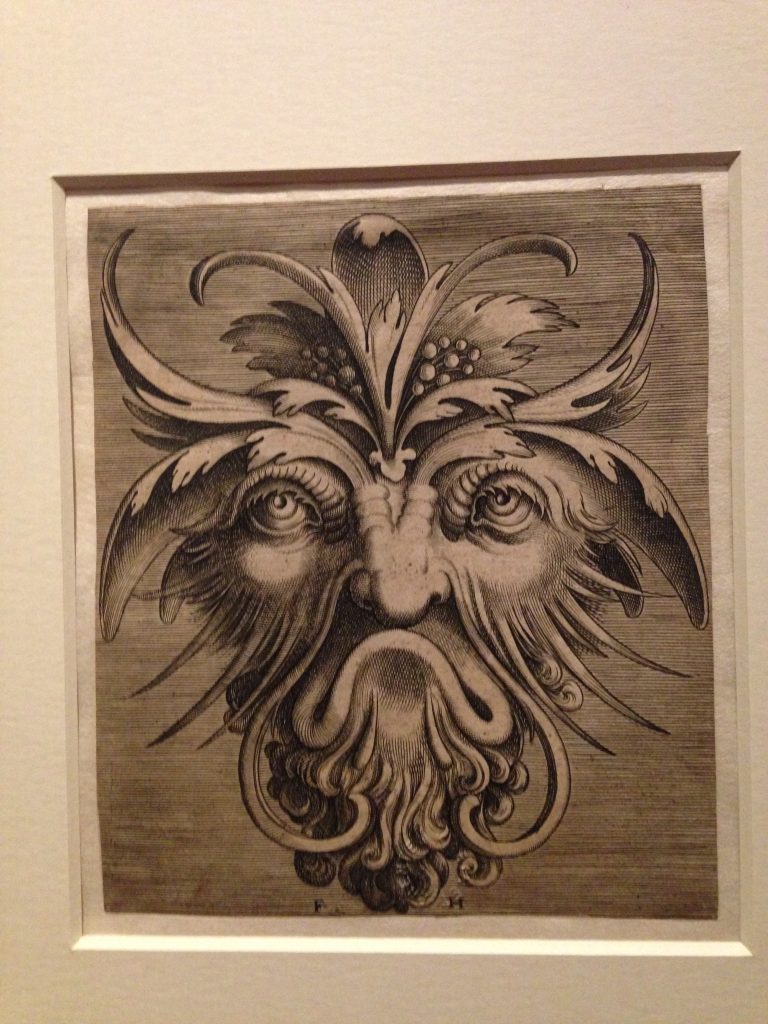
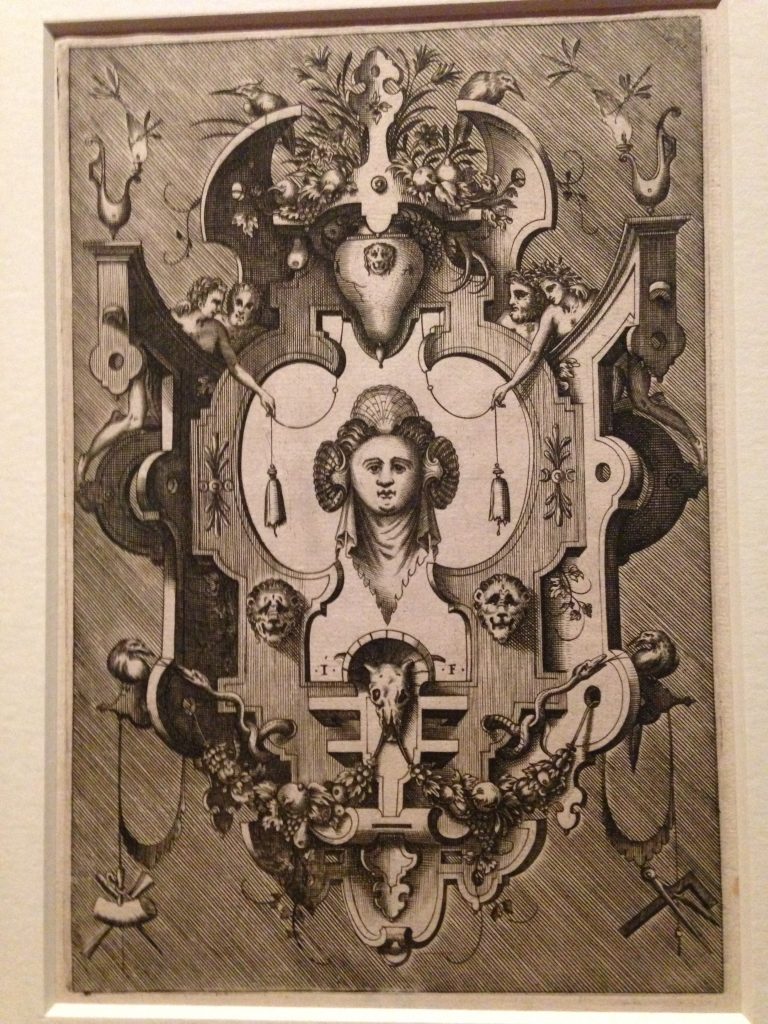
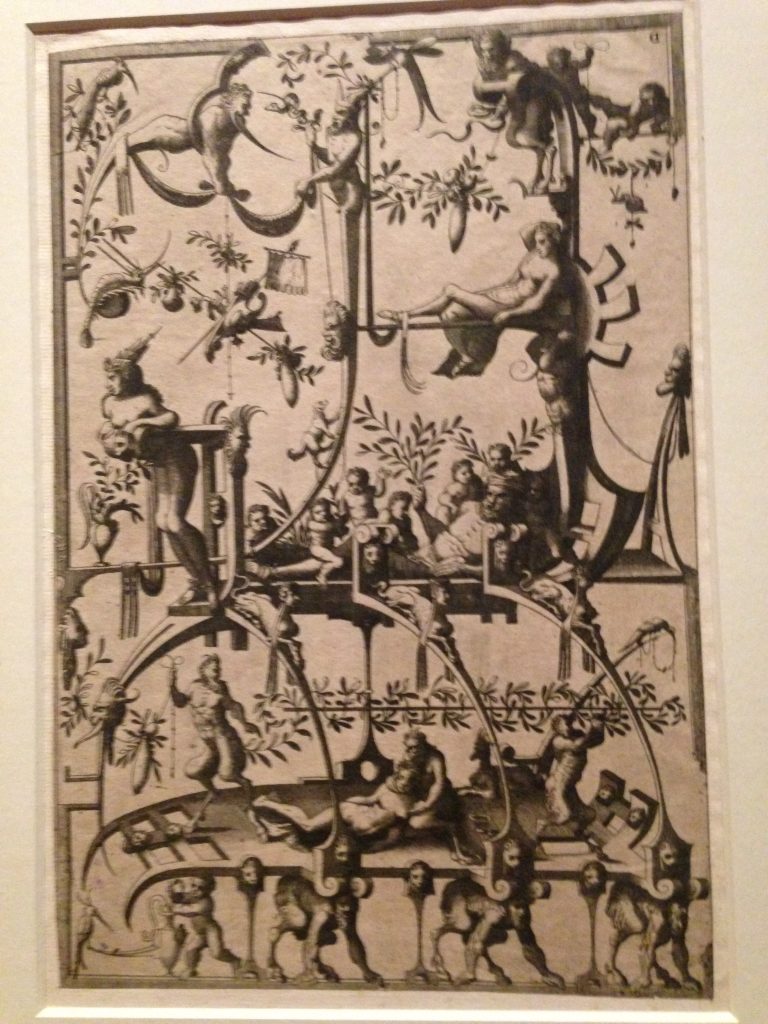
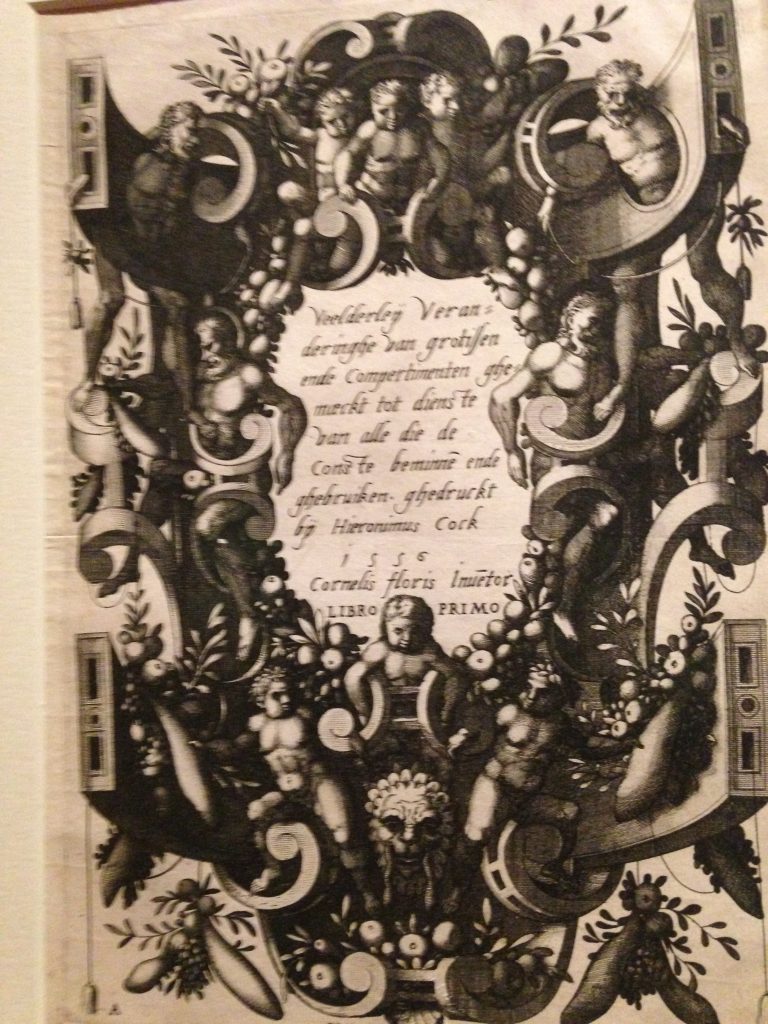
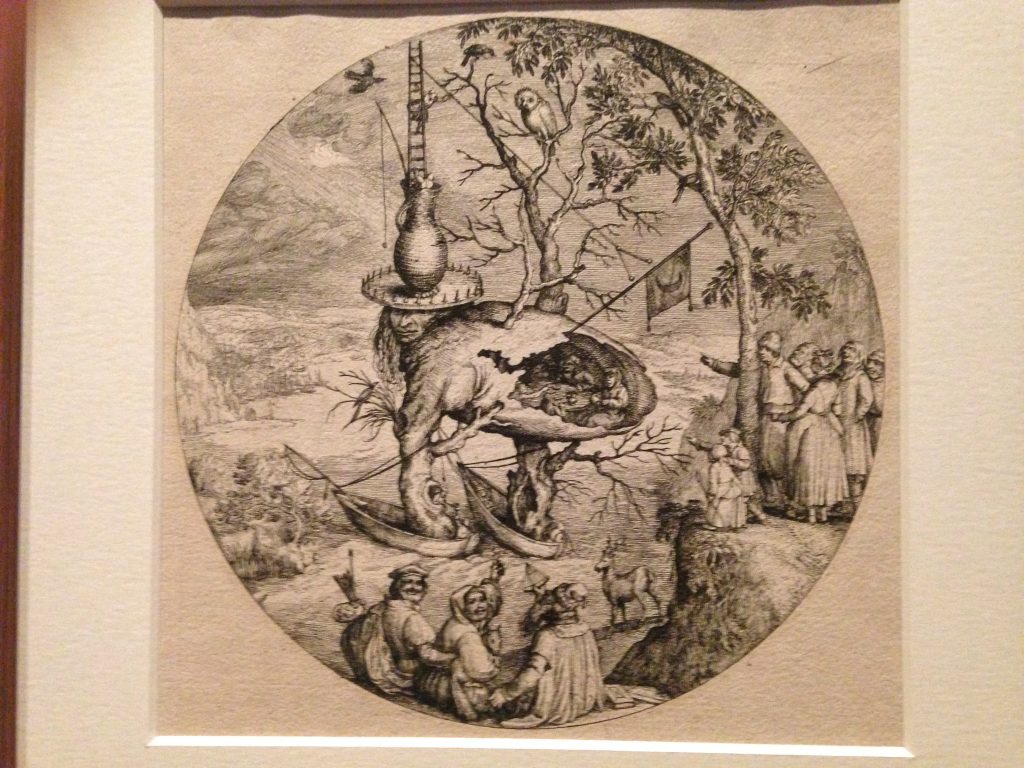
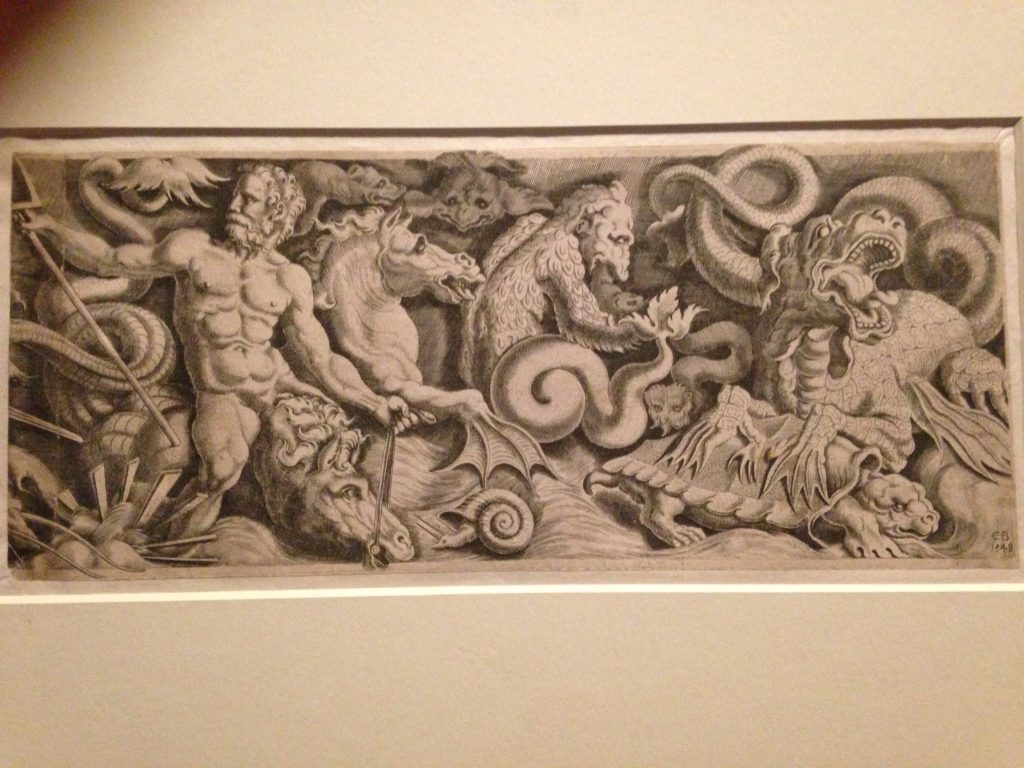
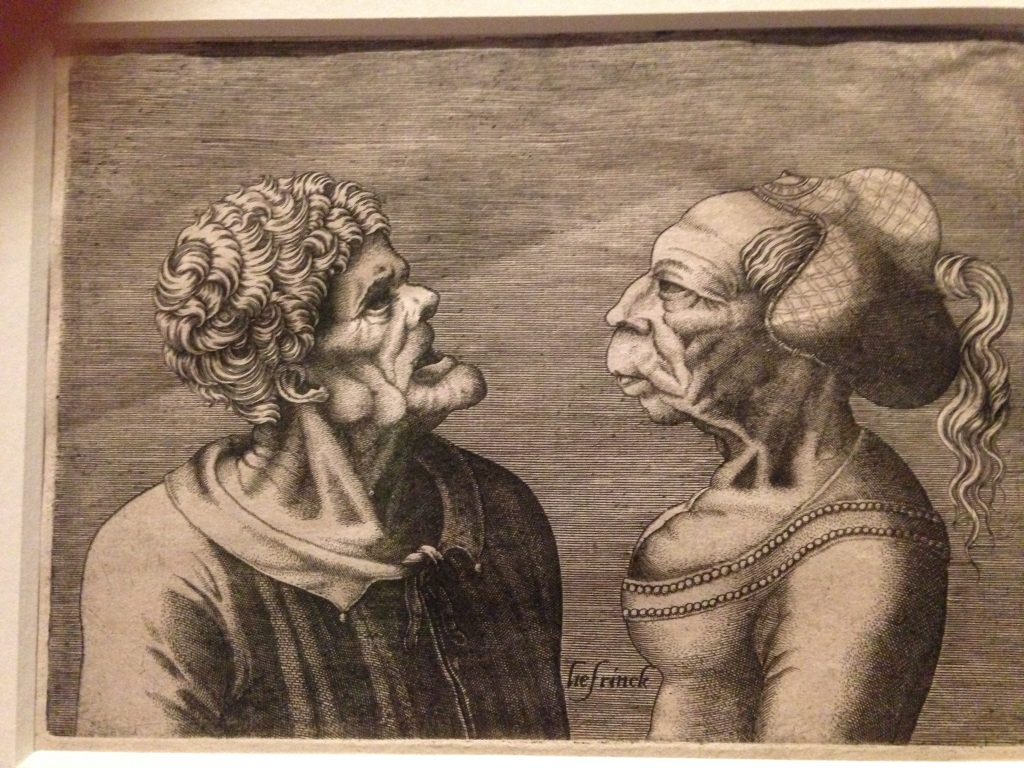
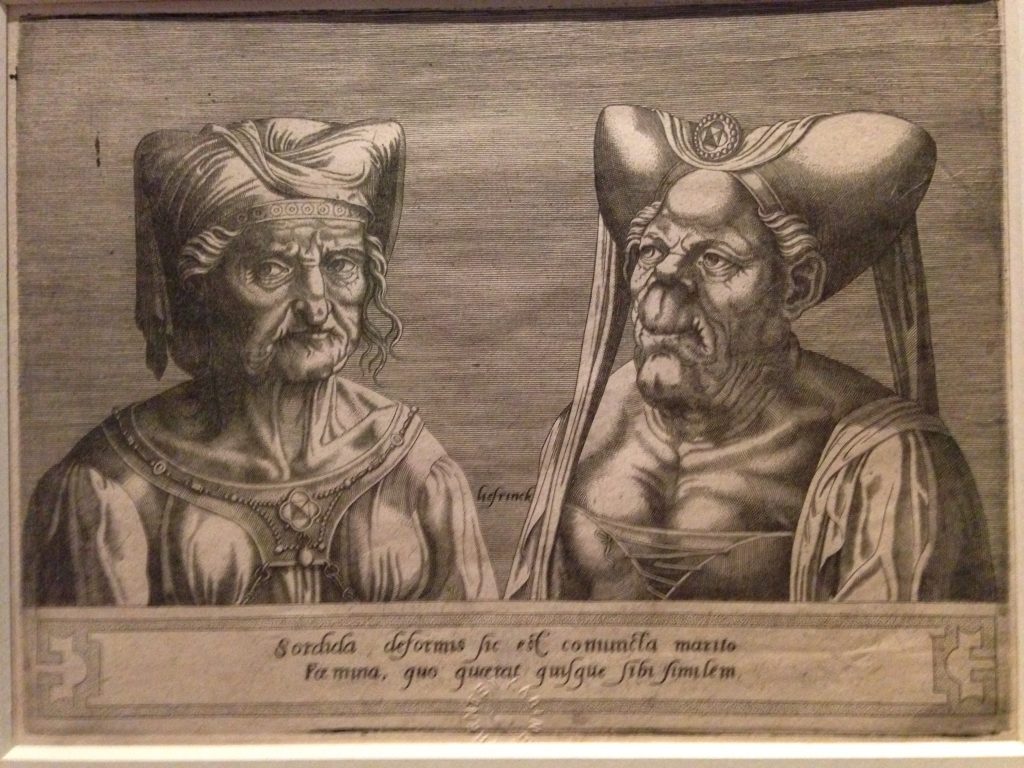
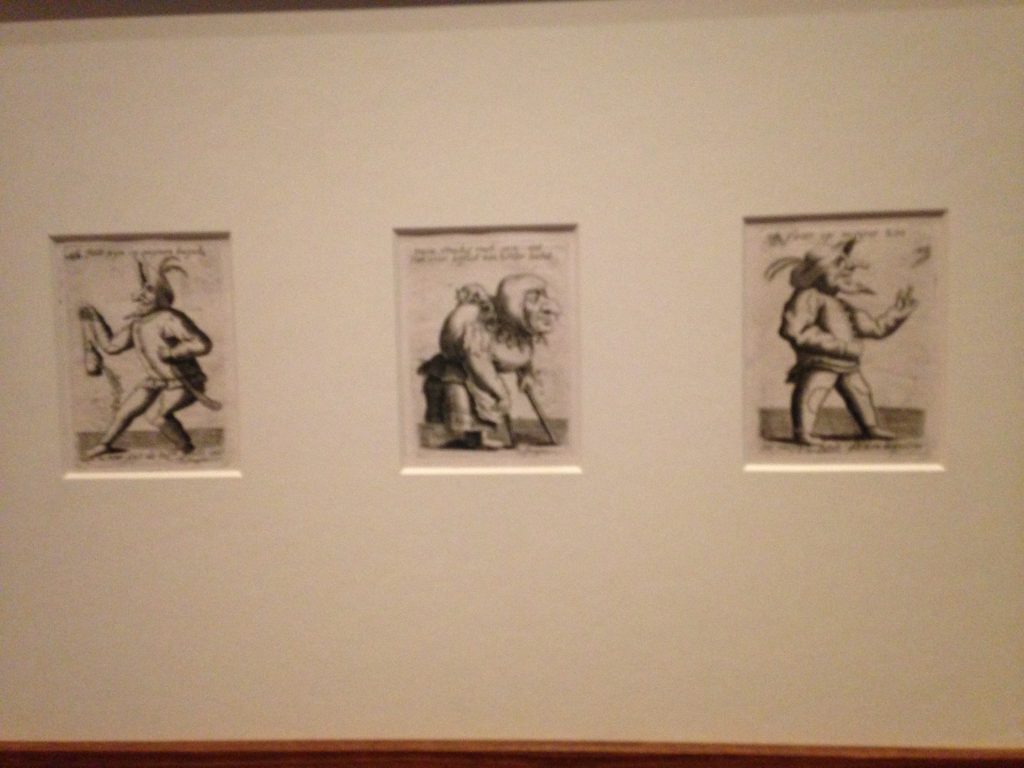
See also: Flemish fantastique and grotesque
Agnès Varda was a Belgian-born French film director.
Her films were popular among critics and directors, giving her the status of a cult director.
This is perhaps not the best of times to rid the world of a minor misconception regarding the work of Varda, but it is what I must do after researching her oeuvre following her death.
Agnès Varda made one film about the Black Panther Party, just one. That film was Black Panthers (1968), a color film which can be viewed in its entirety at Archive.org[1].
Another film from that same year is called Huey! and is directed by a certain Sally Pugh. It can be seen in full on YouTube [below] and has nothing to do with Varda, although the general subject matter as well as some scenes overlap.
Larry Cohen was an American film director and screenwriter.
He is best known as a B-movie auteur of horror and science-fiction films such as It’s Alive (1974), God Told Me To(1976), Q (1982), Special Effects (1984) and The Stuff (1985), which were full of satirical social commentary.
Later in his career, he concentrated mainly on screenwriting, most successfully with the very cleverPhone Booth (2002).
Scott Walker was an American-born British singer-songwriter, composer and record producer.
First active with the band The Walker Brothers, Walker evolved from sappy and catchy recordings with an edge of sadness (“Make It Easy on Yourself“, 1965; and “The Sun Ain’t Gonna Shine (Anymore)“, 1966) to more experimental work (Nite Flights, 1978).
He would continue this course of experimentation in his solo work, culminating with albums such as The Drift which was as scary as it was gentle, luckily not at the same time.
Andre Williams was an American musician best known for the hit records “Jail Bait,” “Greasy Chicken,” “Bacon Fat” (1956) and “Cadillac Jack” (1966).
He was also the co-author of the R&B hit “Shake a Tail Feather”.
Surprisingly, his track “Bacon Fat” can also be found on the DJ Mix album How to Kill the DJ Part 2 (2004).
Dick Dale was an American guitarist best-known for his 1962 arrangement of the Eastern Mediterranean classic “Misirlou“, the use of which in the 1994 Quentin Tarantino film Pulp Fiction gained him a new audience.
“Miserlou” was originally a hit for Jan August in 1946 …
… but is believed to be first recorded in 1927.
Yesterday 14/3/19 I watched Buñuel in the Labyrinth of the Turtles (2018) at CinemaZuid.
The film is interesting for its details on the ‘making-of’ of Land Without Bread (1933).
It reveals how Buñuel staged several scenes of his documentary: killing a donkey to be ‘eaten’ alive by bees and killing a goat to be eaten by the locals who would otherwise never eat meat.
While showing a dwarf in the style (or maybe it is that same dwarf) as depicted in fig. 44 of Las Jurdes : Étude de géographie humaine (1927), the book that was the inspiration for the film, the narrator says:
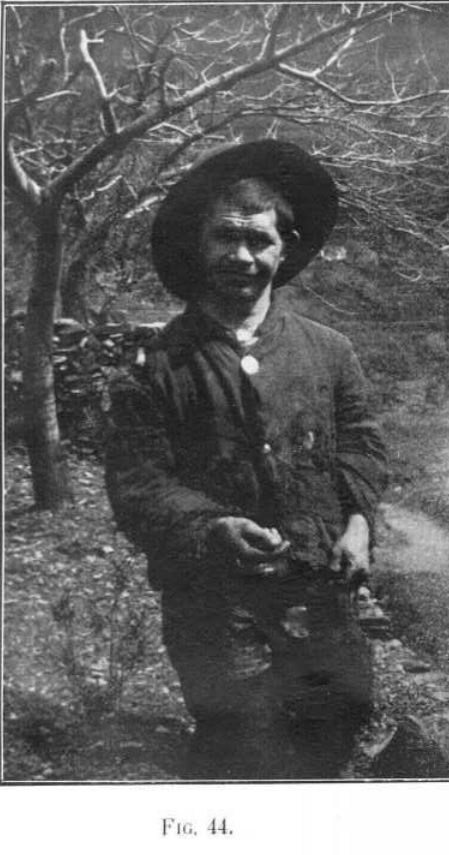
“Dwarfs and morons are very common in the upper Hurdanos mountains. Their families employ them as goat herders if they’re not too dangerous. The terrible impoverishment of this race is due to the lack of hygiene, undernourishment and constant intermarriage. The smallest one of these creatures is 28 years old. Words cannot express the horror of their mirthless grins as they play a sort of hide and go seek.”
Another scene shows a sickly and very thin girl lying in the street:
“In a deserted street, we come across this child. Our guide tells us that she has been lying there for the last three days … but no one seems to know what her ailment is. One of our companions examines her. The child’s throat and tonsils are terribly inflamed. But unfortunately, we could do nothing about it. Malady and infestation is their lot. Two days later, they told us that the child had died.”
After watching the whole Land Without Bread film, I got the impression that Buñuel wanted to go for a lost tribe effect, since the opening title card reads:
“The Hurdanos were unknown, even in Spain, until a road was built for the first time in 1922. Nowhere does man need to wage a more desperate fight against the hostile forces of nature.”
And a little bit further, when showing a baby covered in trinkets:
“Though actually Christian, these trinkets are amazingly like the charms of African natives.”
On the Hurdanos walking barefoot:
“Shoes are a rare luxury and the roads are cruel to naked feet.”
Graham Greene, in a review of the movie for Night and Day magazine, called it “an honest and hideous picture.”
And ugly it is.
Land Without Bread is reminiscent of Misère au Borinage (1934), both are political films in the tradition of the cult of ugliness which can be traced to The Potato Eaters(1885).